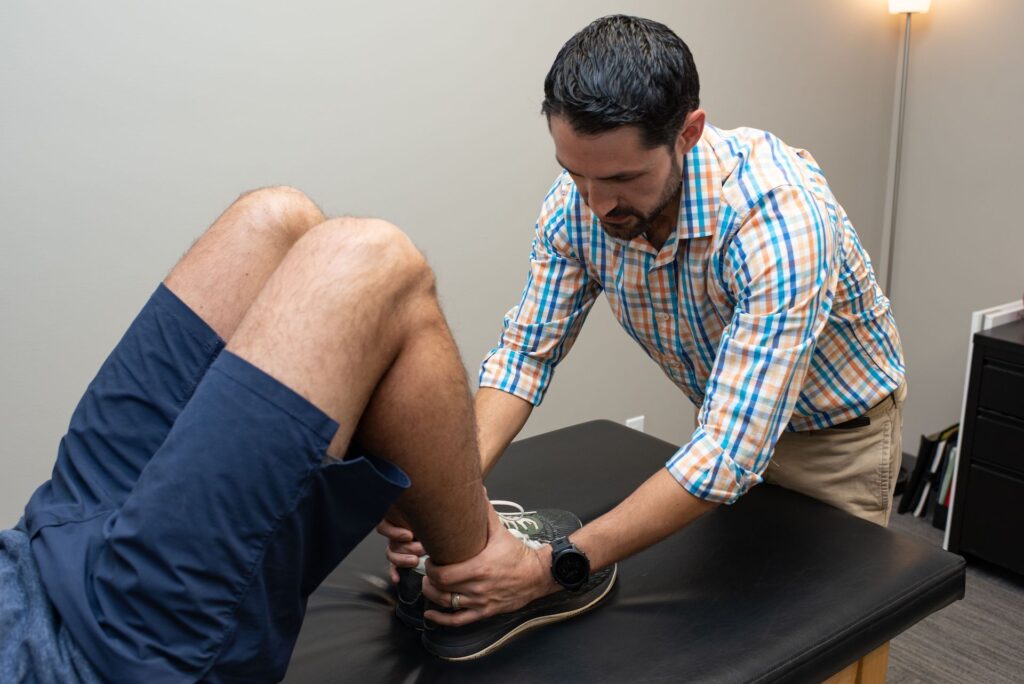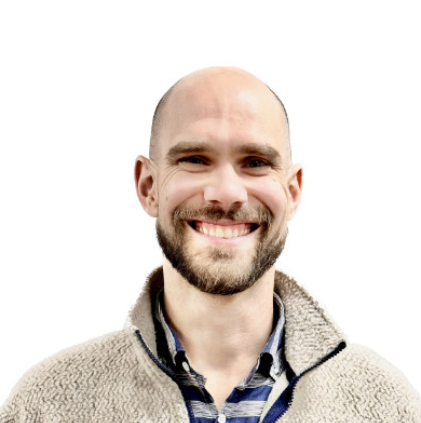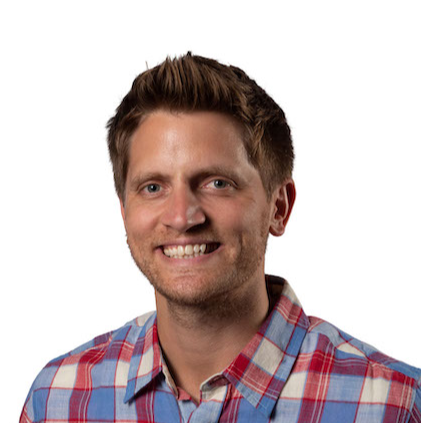Post-op rehabilitation is essential to avoid ACL re-injury. Participation in year around sports as well as club teams has become much more common over the last 20 years. Along with that growth has been an increase in the number of knee injuries especially in the adolescent population. Research has shown that despite this alarming increase in ACL tears, 90% of these athletes will have surgery and will eventually return to their sport of choice. It would be great if that was the end of the story for these athletes but unfortunately up to 18% of them will experience re-injury of the involved ACL or contra-lateral ACL. Regardless of your age or activity level an ACL injury can cause a major disruption in your life and the need for successful post-op rehabilitation is essential.
It is important to note that up to 2/3 of ACL injuries are non-contact and occur when an athlete is cutting, pivoting, accelerating, decelerating, or landing from a jump. The knee has to be stabilized in three planes during these activities with significant demands placed on muscles of the hip and pelvis to be recruited quickly and with appropriate timing in order to minimize aberrant movement of the knee. In the sagittal plane hamstrings play a crucial role in opposing forward translation of the the tibia on the femur, directly opposing a stretch to the ACL. Muscles in the frontal and transverse plane control lateral and rotational movement of the knee.
Unfortunately, it’s not as simple as strengthening each of of these muscles in isolation or performing functional training to improve your ability to perform the problematic movements that are often implicated in ACL tears. Our bodies use polyarticular muscle chains to help maintain posture and perform reciprocal movement but these same muscle chains also help with vital functions that we need to stay alive such as breathing. Naturally our bodies are more concerned with maintaining breath than the efficiency of our movement so it is no surprise then that the same movement imbalances that result from being more efficient at breathing on our right side, can start to compromise our ability to perform reciprocal movement and other dynamic movements that athletes will perform during sport.

SIMIO physical therapists can help correct faulty movement patterns. SIMIO therapists specialize in the assessment of human movement in 3 planes of motion. We use objective tests that help identify faulty movement patterns with respect for the role that these muscle chains play in managing our respiration and the postural adaptations that result when these polyarticular muscle chains become unbalanced. These tests provide significant insights into the way your body moves and which muscles are going to become hypertonic, inhibited, or inefficient. Looking at it from this view point is essential to not only promote healthy healing and rehabilitation following ACLR but also to decrease the chance of experiencing re-injury. As most of these movement asymmetries develop at an early age and can remain unchecked and persistent throughout your whole life, it is never too early to work with a therapist who can teach you how to manage this asymmetrical tendency. Correcting these faulty movement patterns not only protects you from injury but will also optimize your performance as an athlete.

Wesley Barger
PT, DPT
Wes Barger is a 2017 graduate of Grand Valley State University’s Doctorate Physical Therapy program. Wes has additional training in physical therapy for individuals with neurological conditions, and is actively engaged in PRI coursework and the study of patterned human asymmetry.

Nate Dykema
PT, DPT, Cert MDT
Nate Dykema is a 2011 graduate of Grand Valley State University’s Doctorate Physical Therapy program. Nate is a certified provider of the McKenzie Method of Mechanical Diagnosis and Therapy, and is actively engaged in PRI coursework and the study of patterned human asymmetry.
Let’s discuss your goals during a free consultation
Correcting poor alignment, postural awareness, or improving your ability to move starts with discovering what is limiting your body’s ability. We’ll examine your whole body for imbalanced relationships that lead to undesired tension, restriction or altered movement. Then we’ll create a roadmap to help you overcome your limits and build an awareness that leads to lasting results.
Arrange a meeting with a licensed physical therapist in Zeeland, MI today.